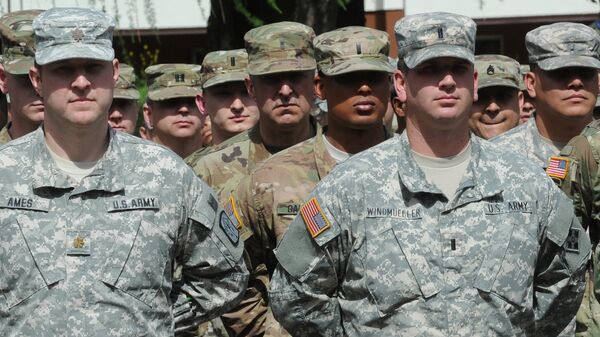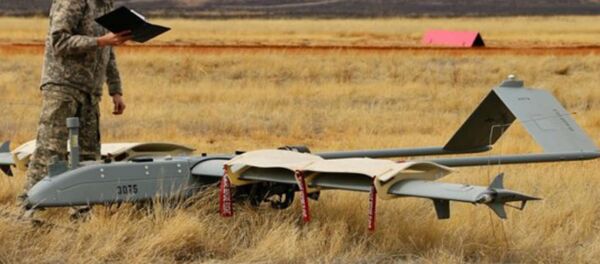According to Major General Jeffrey Snow, who leads Army Recruiting Command, recruiting just 6,000 people will cost US Army $200 million for bonuses for new recruits. That's some $33,333 for every recruit. But it looks like this money is not enough to convince recruits join the US Army, as Snow also claims the need of some $100 million just for advertising. There is also the need for recruitment personnel, so Snow added some $10 million to bolster the corps of recruiters. That's some $1,666 reward for every recruited army rookie. The bottom line will be $310 million for 6,000 men.
"In order to do this, it's going to require an awful lot of funding," Snow said.
The US Army, however, is not the only branch of US Armed Forces that plans to beef up its personnel. According to their respective spokespersons cited by the media, the Air Force will recruit 4,000 more, the Navy seeks to get 2,000 more and the Marine Corps will add nearly 800 more Marines to their ranks. If we imagine their prices the same as US Army, that doubles the amount of money to more than $620 million.
In fact, the US Army aims even higher. Currently, there is 460,000 active personnel, and the goal it thrives to reach by October 1st 2017 is 476,000, which is 16,000 more soldiers, which is, in turn, almost thrice the $310 million figure we calculated earlier.
Now comes the fun part. The money US Army is going to spend is not actually there. In order to increase its spending, the Army must first secure an approval by the US Congress, and which reportedly is not in a hurry to approve the plan.
"The Army may be getting a little ahead of itself here," says Todd Harrison, director of defense budget analysis at the Center for Strategic and International Studies, a nonpartisan think tank. "The money has not been appropriated."
Despite this, the Army already has a somewhat elaborated plan in the works. According to media reports, the Army is going to double the bonuses for new recruits, from some $20,000 per recruit to $40,000. The $100 million put in advertisement is needed to produce adverts that will mention the new $40,000 bonus, according to Snow.
But even that is not enough to lure people into the Army ranks, as the enlistments themselves will be shortened to two-year term for the first time (before this year, the Army made contracts for three, four and more years of service). The idea behind that is to lure more high school graduates who are not so eager to go to college right away. According to Snow, the Army hopes the former students stay in the Army after the short two-year demo version.
Snow also pointed out that the Army has been lowering its standards for recruits for a considerable of time. This has summoned a large number of "sub-par" soldiers, many of whom had to be culled right after training. Snow pointed out that standards need to be brought to its former level.
"There is very clear guidance from the leadership in our conversations that there is no desire to lower standards," Snow said.
Despite all that, Snow and one of his top aides, Command Sergeant Major Anthony Stoneburg, expressed confidence that the Army would hit its target by October 1st with recruits of proper quality.




